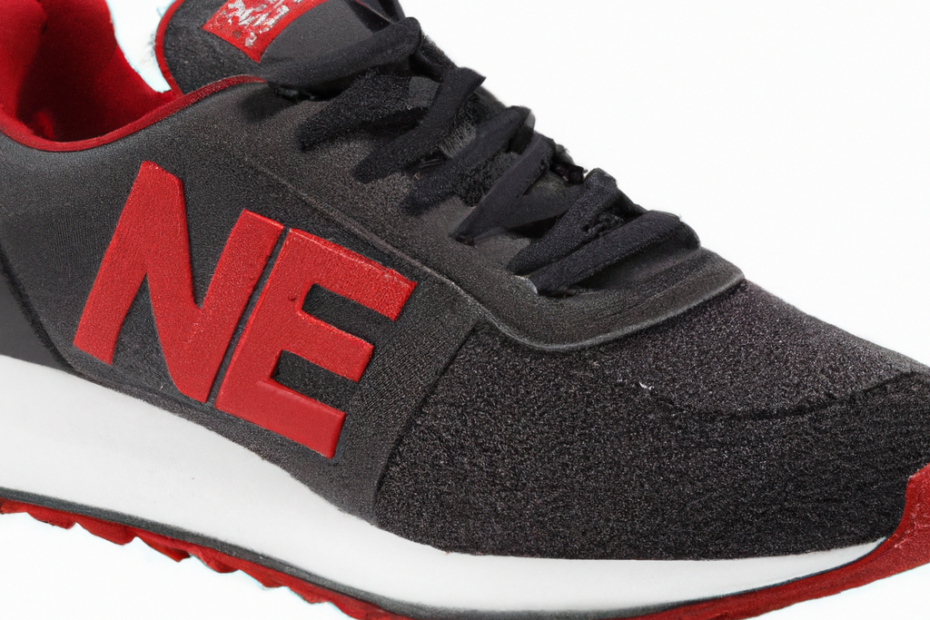When it comes to athletic footwear, few brands are as iconic as New Balance. Known for their commitment to quality, comfort, and style, New Balance shoes have become a staple in the wardrobes of athletes and casual wearers alike across the USA. However, a common question that arises among consumers is: Do New Balance shoes run big or small? Finding the perfect fit is crucial for comfort and performance, so let’s dive into this comprehensive guide to help you make an informed decision.
Understanding New Balance Sizing
The History of New Balance Shoe Sizing
New Balance has been crafting shoes since 1906, with a focus on providing options that cater to various foot shapes and sizes. Their commitment to inclusivity in sizing stems from their early days producing arch supports designed to improve shoe fit. Over the years, New Balance has maintained this philosophy, offering a wide range of sizes and widths to accommodate the diverse needs of their customers.
How New Balance Sizes Compare to Other Brands
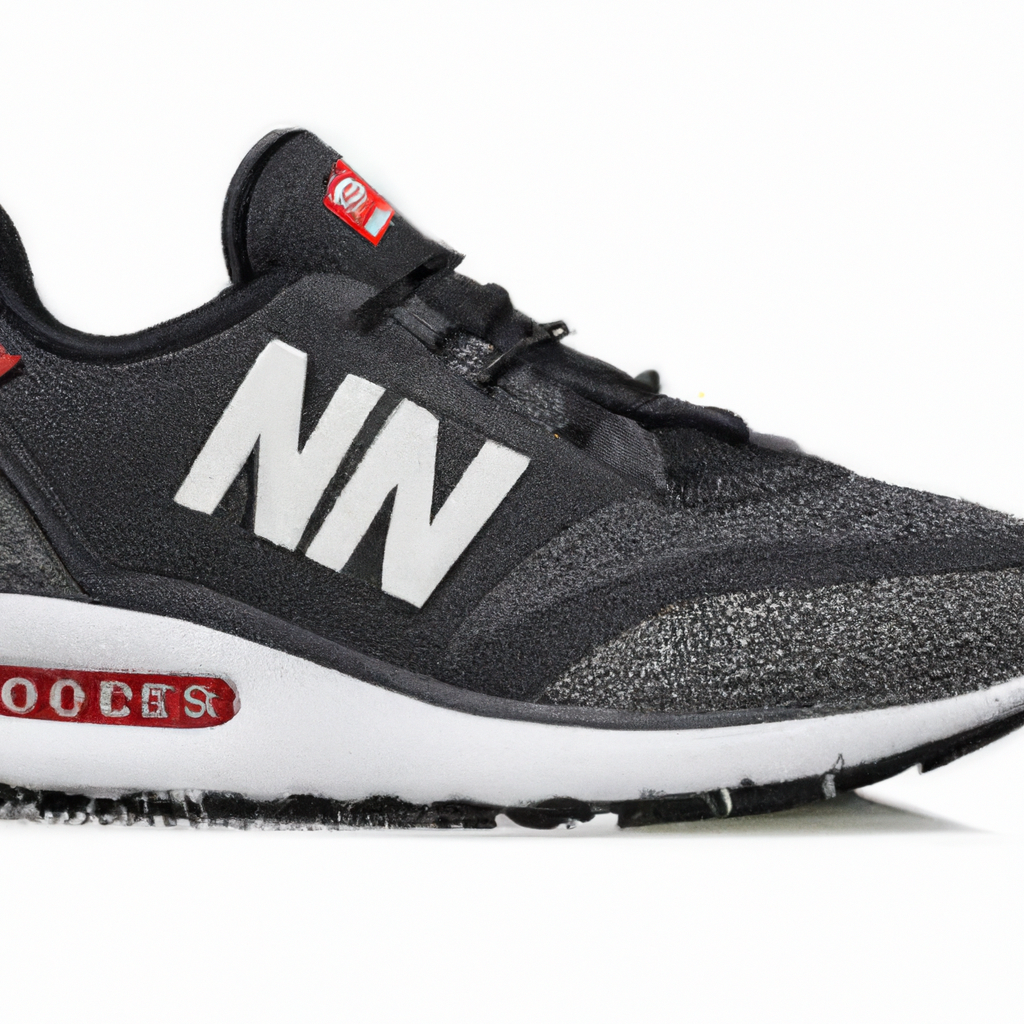
New Balance vs. Nike
Many consumers notice that Nike shoes tend to run smaller and narrower compared to New Balance. If you typically wear a size 10 in Nike, you might find that a size 9.5 fits better in New Balance.

New Balance vs. Adidas
Adidas sizing can be similar to New Balance in length but may differ in width. New Balance offers more width options, which can be beneficial for those needing a wider fit.

New Balance vs. Asics
Asics shoes often have a snug fit, especially in the toe box. Comparing to New Balance, if you wear a size 10 in Asics, the same size in New Balance may offer a roomier fit.
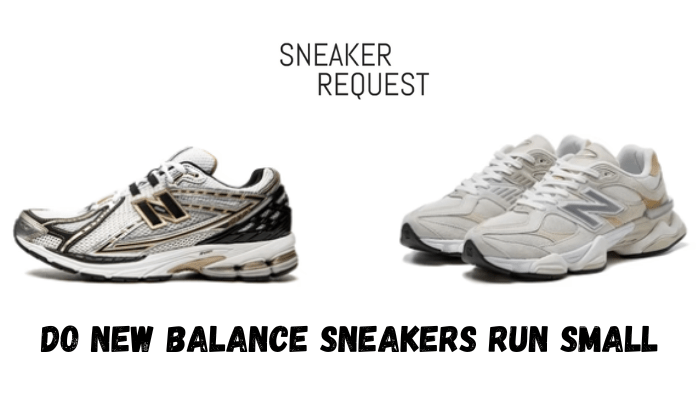
Do New Balance Shoes Run Big or Small?
General Trends in New Balance Sizing
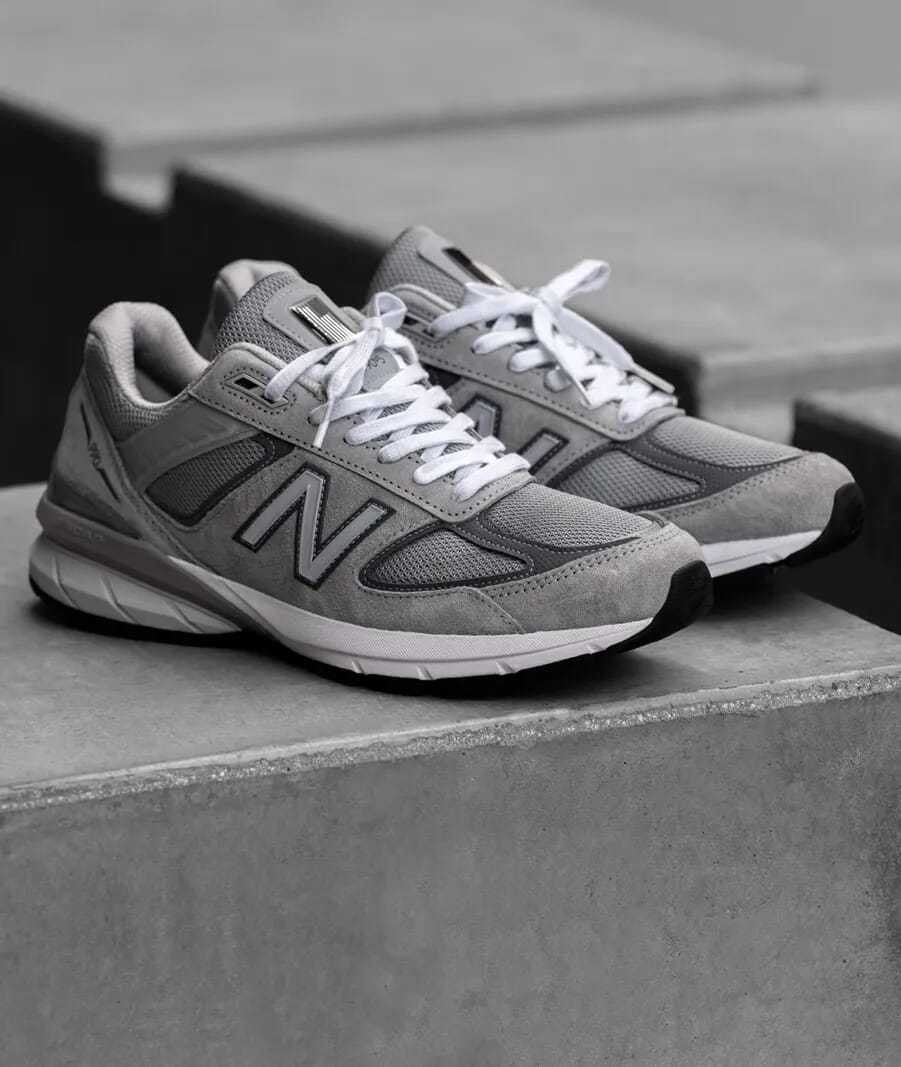
Generally, New Balance shoes are known to run true to size. However, due to the variety of models and the specific technologies used, some users report slight variations. Understanding these nuances can help you select the perfect size.
Variations Across Different Models

Running Shoes
New Balance running shoes, such as the Fresh Foam series, often feature a snug fit to enhance performance. Some runners prefer sizing up half a size for added comfort during long runs.
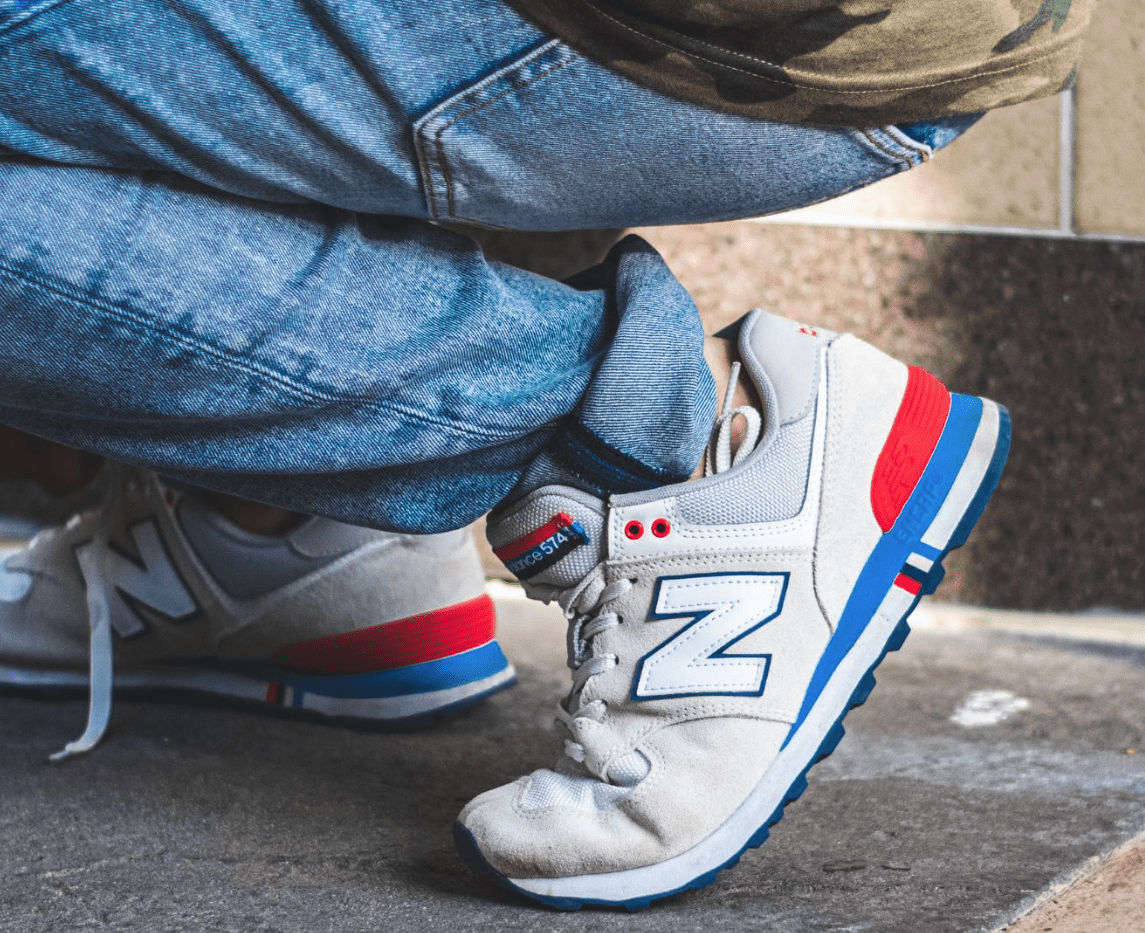
Walking Shoes
The walking shoe line tends to offer a more generous fit, catering to comfort over extended periods. They typically run true to size, but those with narrower feet might consider sizing down.
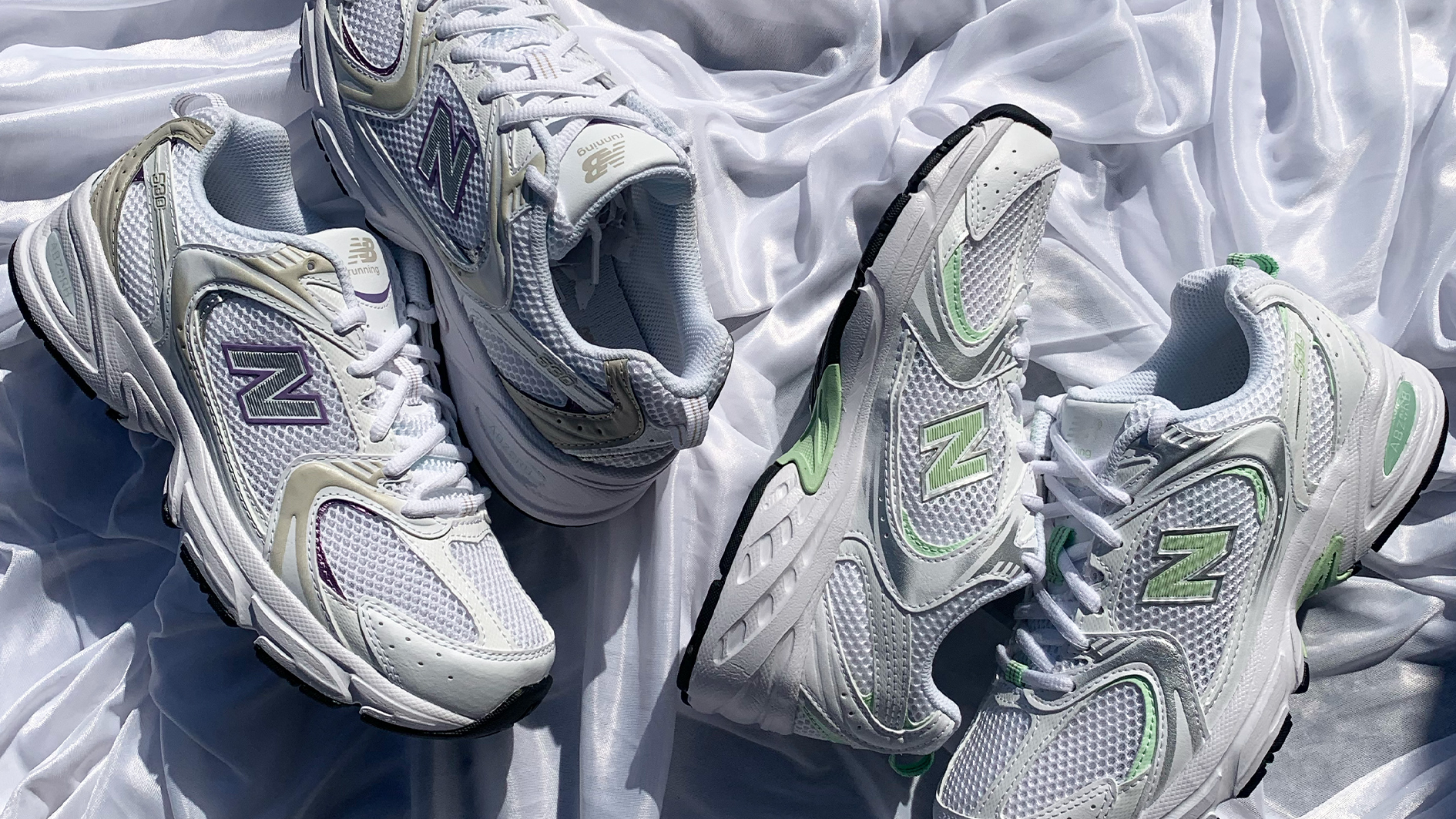
Lifestyle Sneakers
Lifestyle models like the New Balance 574 are designed for everyday wear and generally run true to size. Their classic design offers a comfortable fit suitable for various activities.
Why Sizing Matters
Impact on Comfort and Performance
An ill-fitting shoe can lead to discomfort, blisters, and decreased performance. Ensuring your New Balance shoes fit correctly is essential, whether you’re hitting the trails or walking around town.
Preventing Injuries
Wearing the right size reduces the risk of injuries such as plantar fasciitis, stress fractures, and bunions. A proper fit supports your feet and provides the stability needed during physical activities.
Tips for Finding the Right Size
Measuring Your Feet at Home
To determine your accurate shoe size, measure your feet at home using a ruler or tape measure. Stand on a piece of paper, trace your foot, and measure the length from heel to toe. Compare your measurements with the New Balance size chart.
Using New Balance Size Charts
New Balance provides detailed size charts that include length and width measurements. This resource helps you convert your foot measurements into the correct shoe size.
Trying On Shoes In-Store vs. Online Shopping
While online shopping offers convenience, trying on shoes in-store can ensure a perfect fit. If purchasing online, consider ordering multiple sizes and returning those that don’t fit—a practice supported by many retailers.
Width Options in New Balance Shoes
Understanding Width Measurements
New Balance is renowned for offering various width options:
- Narrow (2A)
- Standard (B)
- Wide (D)
- Extra Wide (2E, 4E)
This range ensures that customers with different foot widths can find a comfortable fit.
How to Choose the Right Width
If you’ve experienced shoes feeling too tight or too loose across the width, consider adjusting the width size. Visit a store to have your feet measured or use the width measurement guidelines provided by New Balance.
Reviews and Consumer Feedback
Common Feedback from Users
Many users report that New Balance shoes offer a comfortable, true-to-size fit. However, some note that certain models run slightly small, recommending ordering half a size up.
Model-Specific Sizing Notes
New Balance 990
The 990 series is praised for its comfort and accurate sizing. Most users find their standard size fits well, but those preferring a roomier fit might opt for a half size larger.
New Balance Fresh Foam Series
The Fresh Foam models, designed for running, may feel snug due to their performance-oriented design. It’s advisable to try them on or consider sizing up if you have a wider foot.
Comparison Table of Popular New Balance Models
| Model | Type | Sizing Recommendation |
|---|---|---|
| New Balance 574 | Lifestyle | True to size |
| New Balance 990 | Running/Walking | True to size or half size up for wider feet |
| New Balance Fresh Foam 1080 | Running | Consider half size up |
| New Balance 860 | Stability Running | True to size |
| New Balance FuelCell Rebel | Performance Running | Snug fit; consider half size up |
Pros and Cons of New Balance Sizing
Pros
- Wide Range of Sizes: Extensive options in length and width.
- Quality Construction: Durable materials that maintain shape.
- Consistent Sizing Across Models: Minimal variation, making it easier to find a consistent fit.
Cons
- Model Variations: Some models may fit differently due to design specifics.
- Snug Performance Fit: Athletic models may feel tight for casual wearers.
FAQs
Do New Balance shoes stretch over time?
New Balance shoes are constructed with high-quality materials that minimize stretching. While there may be slight adjustments with wear, it’s important to choose a size that fits comfortably from the start.
Should I size up or down for New Balance?
Most customers find New Balance shoes to fit true to size. However, if you’re between sizes or prefer extra room, consider sizing up half a size, especially in performance models.
How do I know if I need a wide width shoe?
Signs that you may need a wider shoe include tightness on the sides of your feet, discomfort, or pressure points. Measuring your foot’s width and consulting the New Balance width chart can help determine the appropriate width.
Conclusion
Finding the perfect fit in New Balance shoes involves understanding their sizing trends, considering the specific model, and assessing your individual foot measurements. With their extensive range of sizes and widths, New Balance makes it easier for everyone to find comfortable footwear. Remember, the right shoe size enhances comfort and performance, whether you’re running a marathon or strolling through the city streets.
For more detailed guidance on shoe sizing and foot health, consider checking out this resource from the American Podiatric Medical Association.
